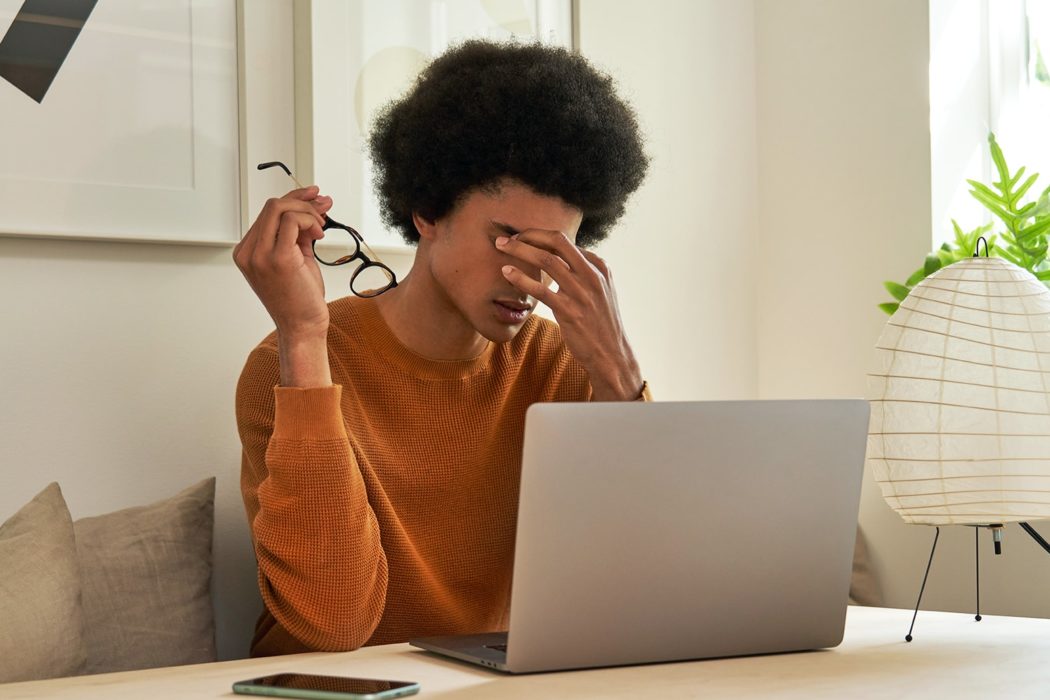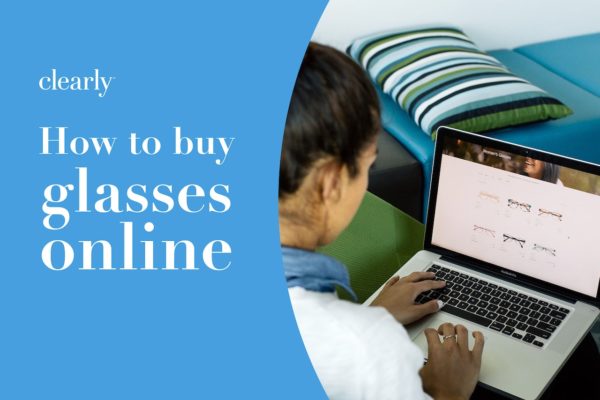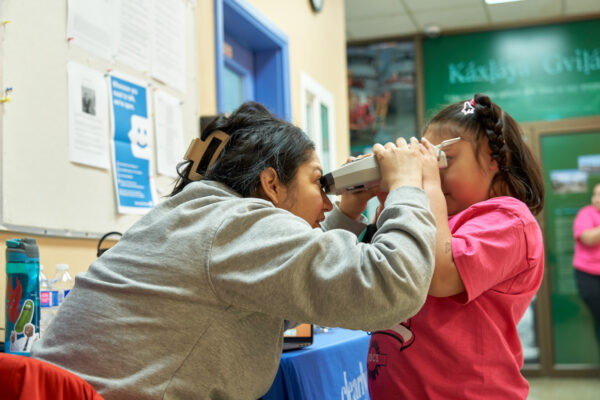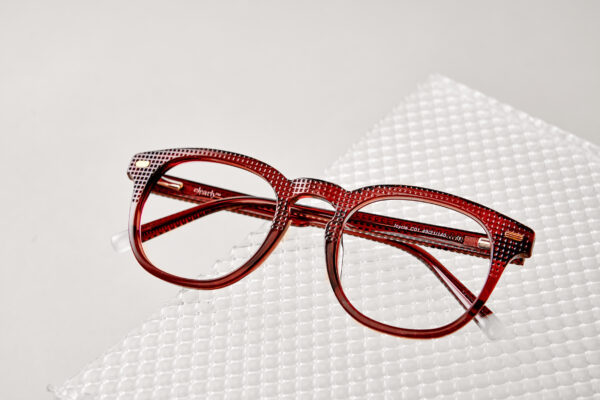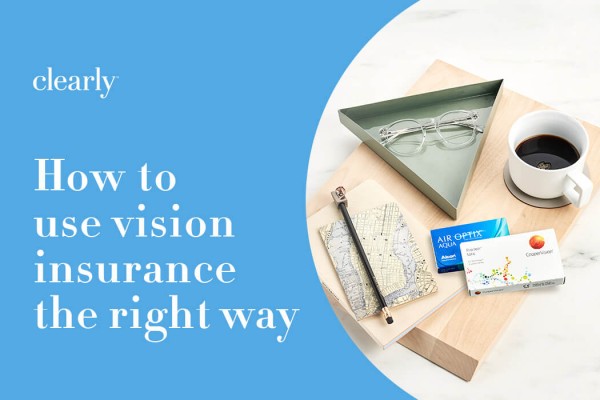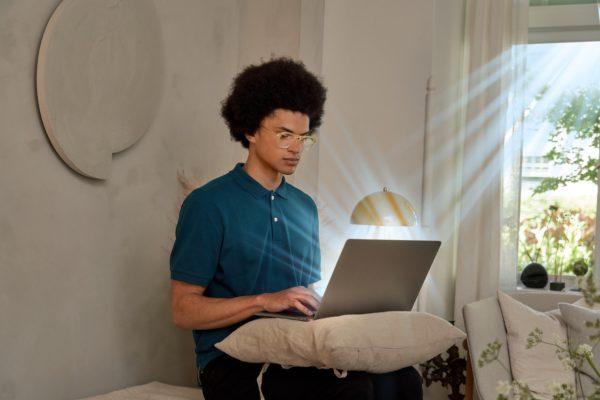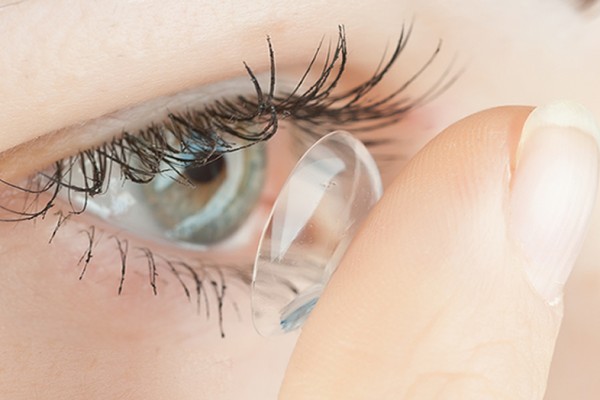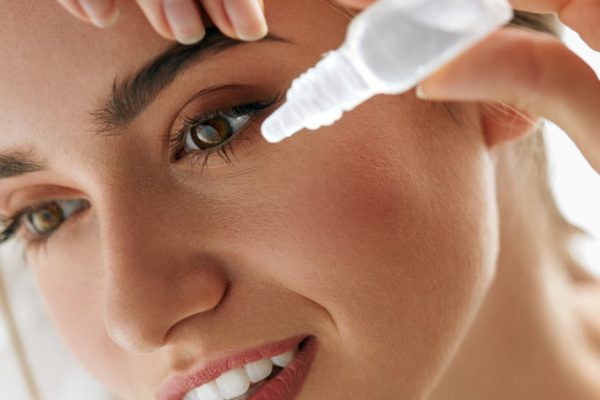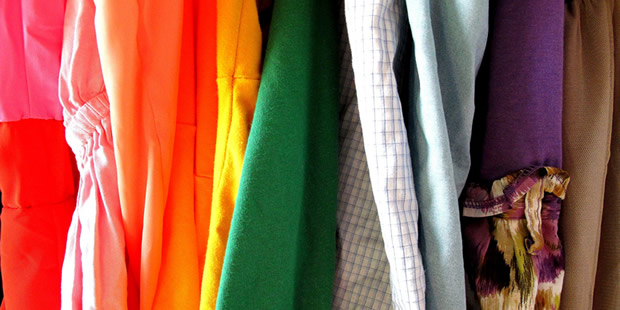This post is also available in:
![]() Français (French)
Français (French)
Whether you’re working, scrolling, gaming, or streaming, more screen usage means more work for your eyes—and sometimes they can struggle to keep up with everything you throw at them.
Digital eye strain, which is sometimes referred to as computer vision syndrome, can occur when the eyes are exposed to too much of the blue light coming emitted by digital screens. Long hours staring at phones, computers, tablets and TVs don’t do much to help your case.
Common symptoms include blurry vision, dry or tired eyes, headaches and reduced sleep quality. Not only is blue light disruptive to your daily life, but it could also lead to eye damage in the long run.
Here are five ways you can make your eyes a little happier by cutting down on their workload.
1. Look into an alternate pair of glasses
The technical term for blue light is high-energy visible light, or HEV. This is the blue-violet portion of visible light projected from digital screens.
Blue light filtering glasses (also called computer glasses) are specially manufactured to filter most HEV light. When the retinas are exposed to less blue light, the eyes feel more relaxed while they’re looking at screens—and the chances of potential damage are reduced.
Our BlueReflect ™ lenses protect your eyes from UV and harmful blue light. They help reduce eyestrain, for added comfort during heavy screen time, and filter out harmful light when you’re outside.
- BlueReflect™ Standard filter out 90% of harmful blue light
- BlueReflect Plus™ filter out 99.5% of harmful blue light
They can be made with or without prescription lenses, so anyone can take advantage of their eye strain-reducing properties.
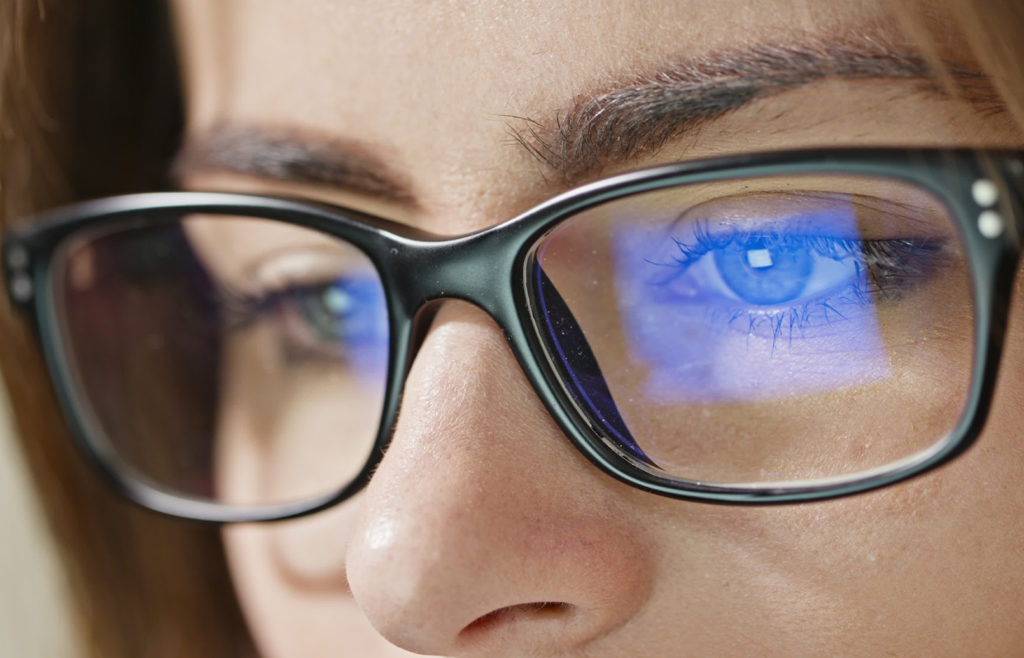
💁♀️ 3 steps to buying blue light glasses at Clearly
Step 1: Choose any frame from our extensive selection. Use our handy search filters to find the perfect fitting pair.
Step 2: Enter your prescription. After you’ve chosen your frames, click on the ‘Add lenses’ button. Then, enter your prescription. If you don’t have a prescription, enter zero in all fields or click the “I want lenses without a prescription” link.
Step 3: Select the ‘Blue Light Protection Lenses’ option, and choose the type of lenses that are best suited for you and your lifestyle.
Reading glasses can also be a lifesaver when long hours and a lot of text are part of your daily routine. They offer a slight magnification and can greatly increase visual comfort, depending on your intended use, and they can be fitted with blue light-filtering lenses.
2. Take more screen breaks
If you haven’t already heard of the 20-20-20 rule, it’s easy to learn—and hard to forget. It’s a valuable technique to keep in mind during those long stretches of screen time.
Here’s how it goes: Whenever you catch yourself using a screen for 20 minutes, take a break and look at an object at least 20 feet away for at least 20 seconds. Practicing this regularly can mean a big reduction in the symptoms of digital eye strain.
On top of these quick 20-second breaks, try sprinkling in a few longer breaks throughout your day. Every hour or two, try to stand up and move around. Perhaps a breath of fresh air or a light, impromptu cardio session.
Any effort you can make to temporarily take your eyes and body away from the screen is a step in the right direction.

3. Adjust your phone or computer’s display settings
Almost every phone, computer or television has adjustable display settings. A few minor tweaks can lead to major improvement in visual comfort.
The goal is to maintain a screen brightness at the same level as the overall brightness in your room. If the windows are open on a sunny day, turn up the brightness a little. But if you’re working on a late-night project or gaming in the small hours, dim the screen to match the room—and try switching on a lamp to offset the darkness. A device or app’s “dark mode” can also help when you’re spending long hours in low light.
Since text size and fonts vary so much across the textual spectrum, don’t be afraid to crank up the font size a bit. Increasing magnification by as little as 10-25% can make reading much more comfortable.
Many modern devices now also offer a display setting that automatically shifts your screen to a yellowish hue. Apple calls it “night shift,” while Google and Microsoft call it “night light.”
This feature reduces blue light during times when natural sunlight is low, but it can also be used on demand. It makes a great substitute if you don’t have blue-light glasses or simply want to reduce exposure as much as possible.
4. Increase how often you blink
When was the last time you blinked? Chances are, you can’t remember.
That’s because blinking is usually a subconscious process, and when you’re looking at screens, you only do it about a third as often as you normally do. Instead of a healthy 15-20 blinks per minute, you go down to around 5-7 blinks. Enter the pervasive condition known as dry eye.
It can lead to redness, irritation and blurry vision that makes common tasks more unpleasant or even painful.
Paying attention to your blink rate and consciously trying to add more blinks-per-minute can reduce the effects of dry eyes, increasing your viewing comfort for longer periods of time.

5. Schedule an eye exam
Looking through glasses or contacts with an accurate, up-to-date prescription is one of the easiest ways you can avoid unnecessary digital eye strain.
When was your last eye exam? Connect with an eye care professional to address any concerns you have.
Here’s to picking up a few eye-friendly habits that you’ll want to have.

